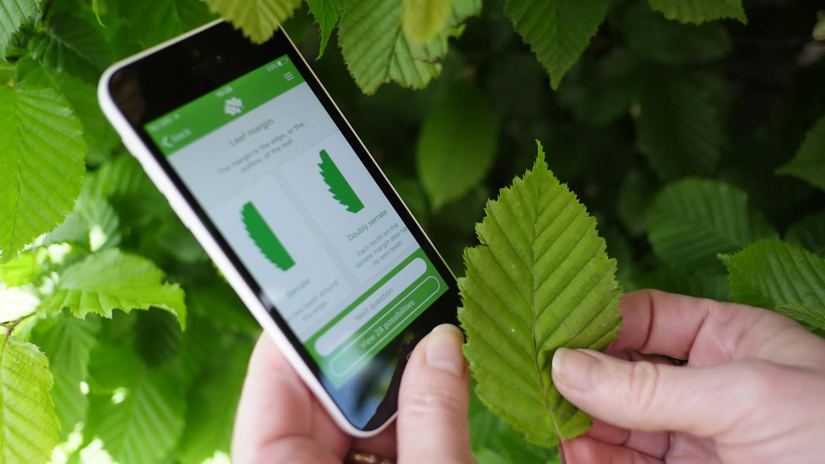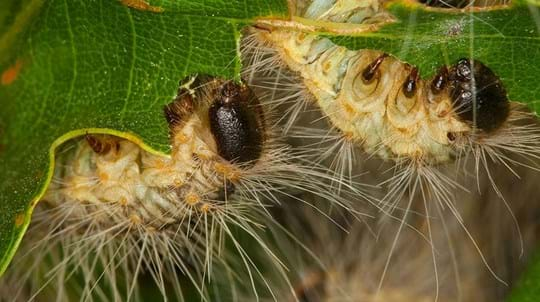
Credit: Nature Photographers Ltd / WTML
Leaves
Leaf buds are green and pointed and leaf stalks are short. Leaves are thick, oval and irregularly toothed, with the underneath covered in white, felt-like hair. When the leaves first unfold they look like magnolia flowers. They fade to a rich russet colour before falling in autumn.















